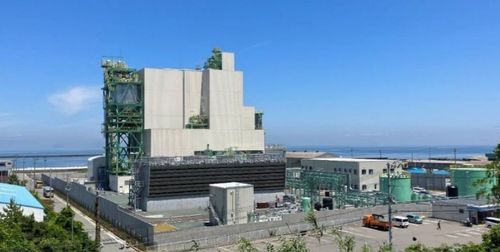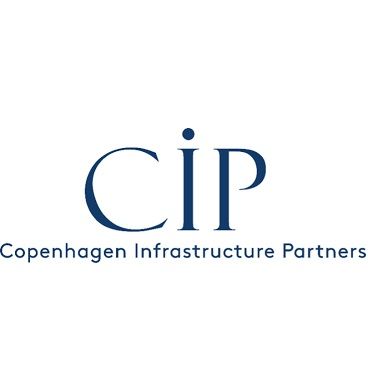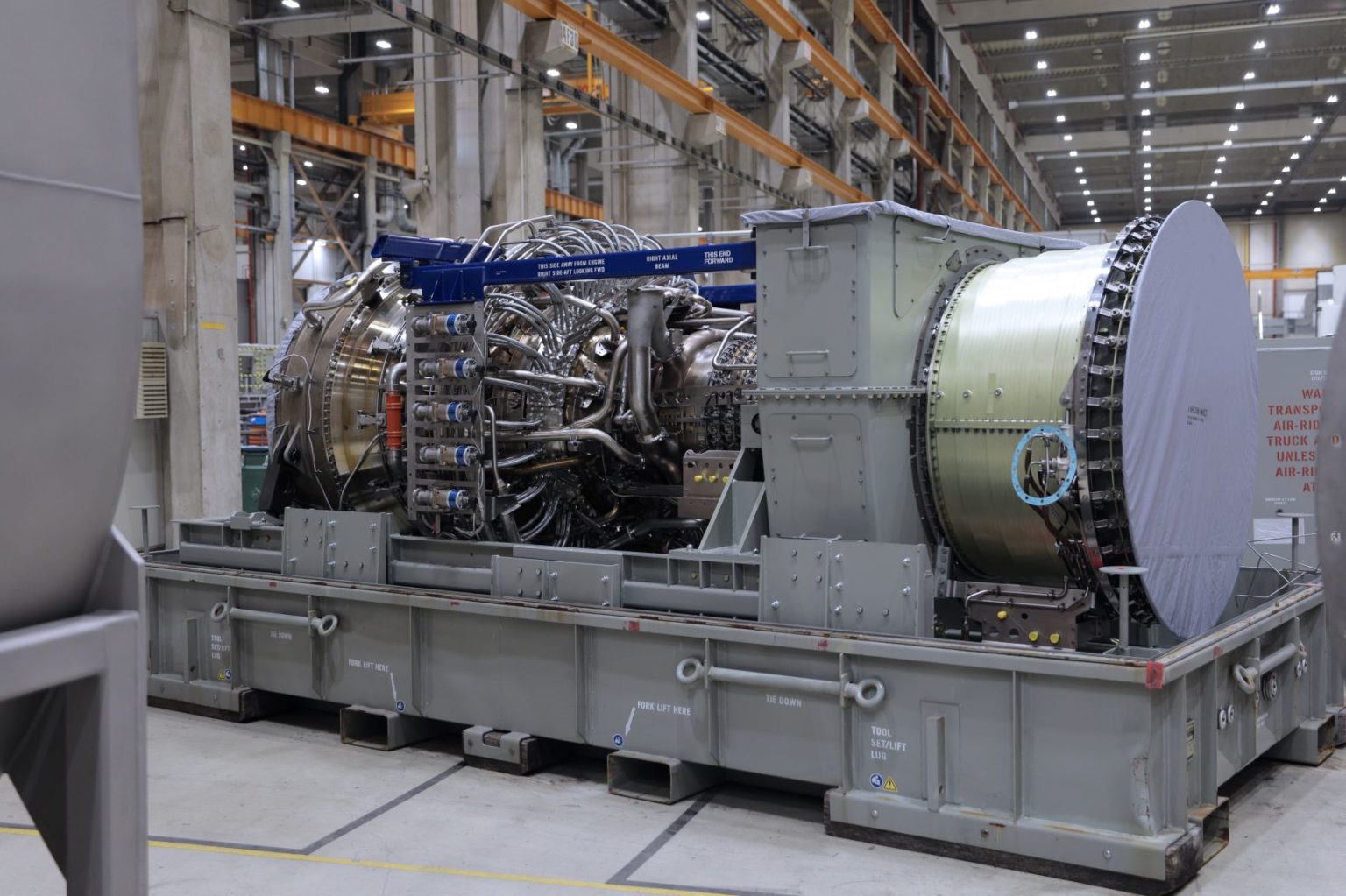Fariyal Khanbabi, Dialight CEO, explains how energy businesses can quantify the benefits of carbon pricing and lower emissions for a net zero future.

Over the next decade, the world must reduce its emissions by 43% to limit global warming to 1.5°C above pre-industrial levels. By some estimates, energy use in industry accounts for 24% of global greenhouse gas emissions.
In recent years, industrial companies have advanced on net zero commitments, but despite this improvement, global temperatures are projected to continue to increase by an average of 2% a year. This calls for more vigorous and systemic action industry-wide. While research shows carbon pricing is an effective method of reducing emissions, its concept presents a unique challenge with industries considering it an added cost that negatively impacts their bottom line.
Carbon pricing and the business case for implementing an internal carbon price
Carbon pricing is a strategy that combats rising emissions by establishing a cost for greenhouse gas emissions. These costs may trickle down in the form of higher energy costs. Its approach encourages businesses to invest in more innovative, cleaner solutions that actively reduce carbon emissions.
What some companies don’t realize is that carbon pricing can have a positive impact on your bottom line. Not only do you stand to gain from government incentives such as tax credits and grants, but executives are incentivised to prepare their organisations for global technological transitions and build resilience. Energy efficiency innovation reduces costs, mitigates the risk of stranded assets, and can be a differentiator in the market.
When used in decision making, an effective internal carbon price, or 'shadow’ price of carbon, can help companies achieve net emission goals, prioritise investor concerns, demonstrate corporate social responsibility and improve overall brand reputation.
Characteristics of an effective internal carbon price strategy
While there is inconsistency in how companies create and use an internal carbon price most organisations are using it to establish a benchmark to better plan their long-term investment decisions.
The FASTER Principles for Successful Carbon Pricing — a guide created by the World Bank and the Organisation for Economic Cooperation and Development (OECD) identifies six attributes of efficient carbon pricing: transparency, objectives, efficiency, stability and fairness. Companies who define carbon pricing using a proven framework will be better prepared to accurately and effectively meet baseline emission saving thresholds.
Additionally, industrial technology innovation is transforming business operations and creating opportunities for companies to reduce energy consumption and greenhouse gas emissions
As governments around the world move to implement carbon pricing and tax programmes, companies must proactively implement strategies to ensure they’re keeping their net zero commitments. With universal regulations constantly shifting, organisations can no longer afford to view ESG as voluntary. They must consider the opportunities it provides to lower costs and drive revenue growth.








